'Everybody is baffled' by Trump rescinding flood-protection rules, senator says
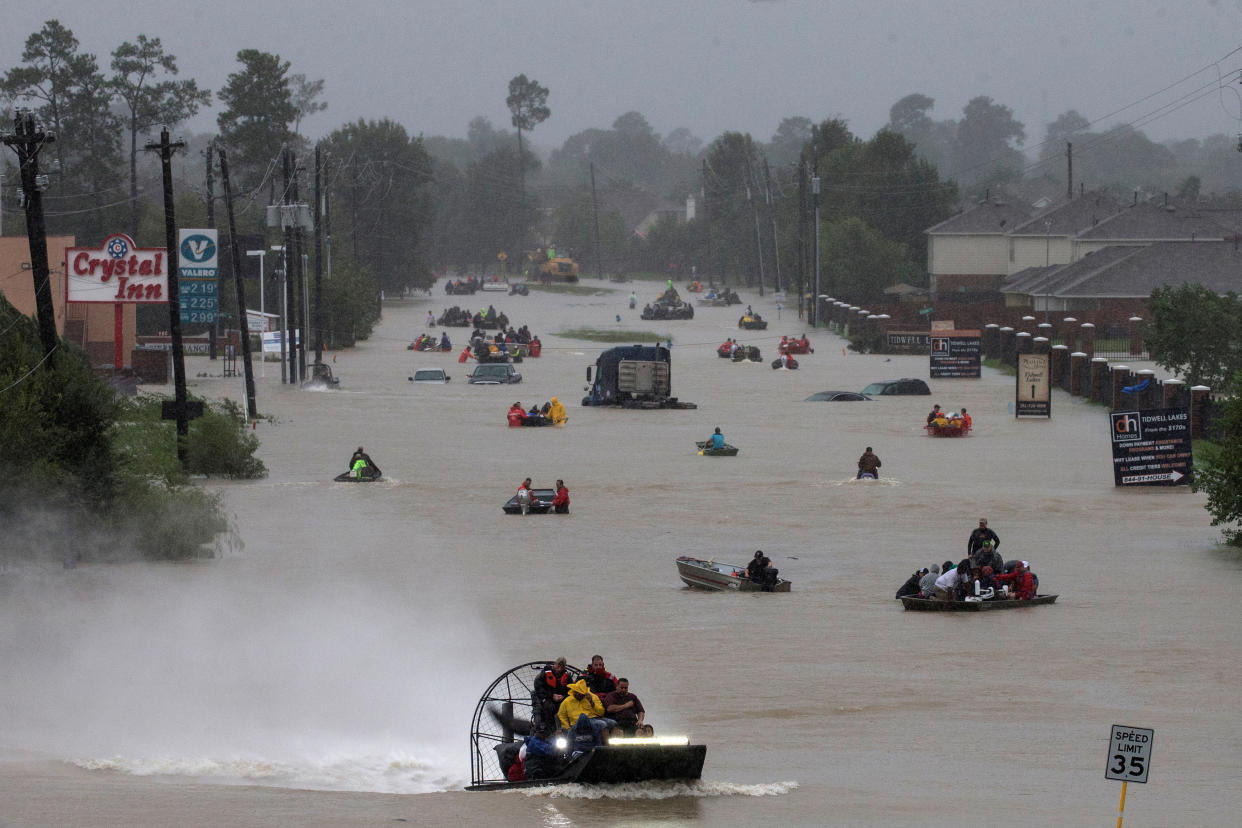
A few weeks before Hurricane Harvey struck Texas, President Trump signed an executive order that erased Obama-era proposals that were intended to make federal infrastructure safer from the dangers of flooding.
Trump’s executive order on “establishing discipline and accountability” in the environmental review process for infrastructure was widely criticized when it was signed on Aug. 15. But condemnation intensified after the back-to-back catastrophes of Hurricane Harvey and Hurricane Irma.
Sen. Chris Van Hollen, D-Md., told Yahoo News that the Trump administration’s decision doesn’t appear to be motivated by anything other than reversing everything his predecessor had done.
“You know, everybody is baffled about why they decided to take this action to undo these really important standards that both protect the public safety and protect taxpayers. We want to make sure that people understand that at the end of the day that’s what this is about: protecting lives and protecting taxpayers,” Van Hollen said.
That’s why Van Hollen says he introduced the Flood Risk Management Act on Sept. 8 with Brian Schatz, D-Hawaii, and Cory Booker, D-N.J. It would essentially codify the rules that former President Barack Obama introduced with a January 2015 executive order, based on the lessons learned from Hurricane Sandy in 2012.
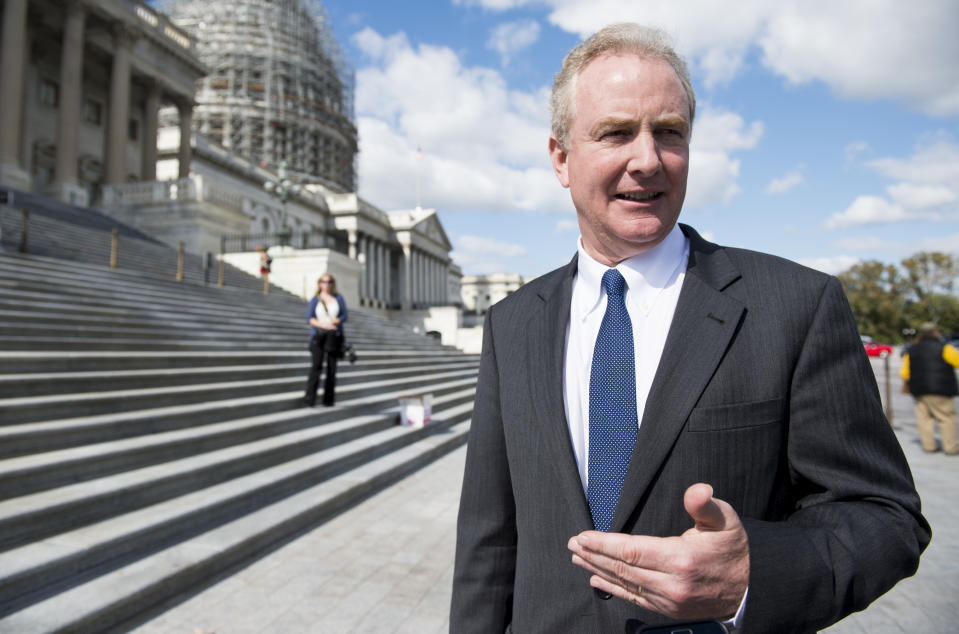
“It seems like this administration just decided to go through everything that once was adopted by the Obama administration and return it,” Van Hollen said. “There doesn’t seem to be any policy rationale. It’s purely political, and I don’t understand why they think that’s good politics either.”
Obama’s Federal Flood Risk Mitigation Standard (FFRMS) would have required developers of infrastructure projects that receive taxpayer dollars to take steps to mitigate flood risks, such as accounting for sea-level rise and building at higher elevations.
“After Hurricanes Irma and Harvey, the need for the standards is even more important,” Van Hollen said.
Although elevating infrastructure would cost more initially, the Obama administration and its supporters reasoned, it would ultimately be more cost effective than repeatedly rebuilding vulnerable structures destroyed by flooding. It enjoyed bipartisan support. Both environmentalists worried about climate change and fiscal conservatives worried about government spending celebrated the decision, which was essentially an update to a Carter administration executive order from 1977.
Joel Scata, a project attorney at the Natural Resources Defense Council, told Yahoo News that Obama’s executive order improved on the earlier version by accounting for the effects of climate change. “There has to be flexibility built into flood protections to account for these changing flood dynamics and the uncertainty about what floods will look like in the future,” he said.
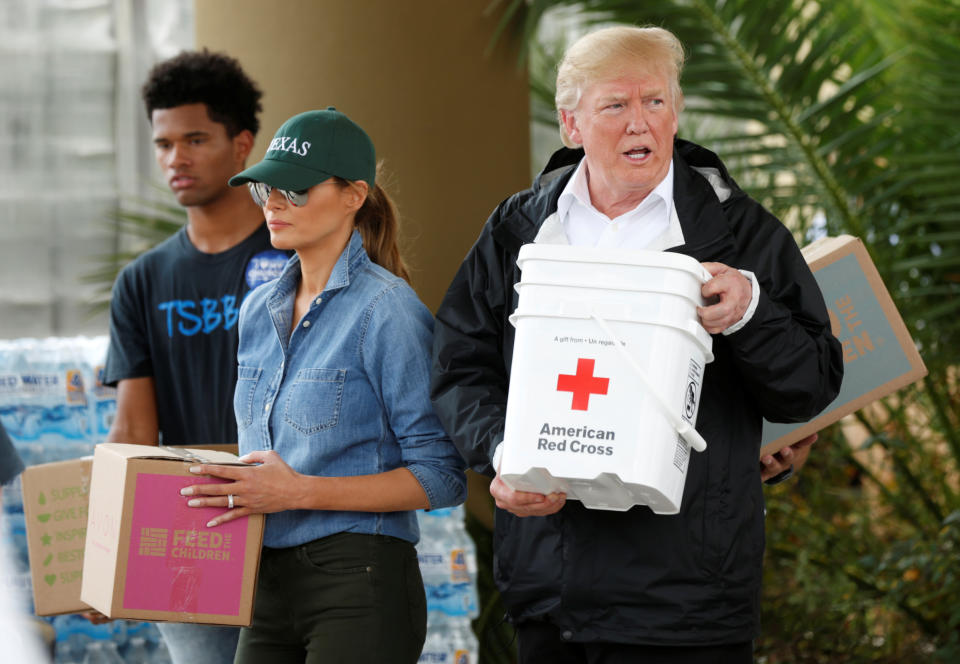
Trump has called climate change a hoax. The administration is taking steps to overturn environmental regulations meant to reduce carbon dioxide emissions.
Federal agencies like the Federal Emergency Management Agency (FEMA) and the Department of Housing and Urban Affairs (HUD) developed rules for achieving the goals of the executive order. These were issued for public comment in fall 2016 and were expected to go into effect this fall, according to Scata.
But then Trump was elected. Obama’s new standards never took effect because Trump considered them just another regulatory burden that would hold up necessary infrastructure projects.
“As far as the rules go, that FEMA and HUD were working on, they’re kind of in limbo now. Chances are they’re not going to move forward because the executive order was revoked,” Scata said.
Laura Lightbody, the director of Pew Charitable Trusts, a public interest nonprofit, and Eli Lehrer, president of the R Street Institute, a conservative and libertarian think tank, wrote a letter to top government officials on Sept. 7 arguing that the U.S. “needs a pragmatic and prudent disaster risk management strategy” and can no longer afford inaction. They said that flood-related disasters from 2005 to May 2017 have cost U.S. taxpayers about $51 billion from FEMA’s spending on public assistance alone, which includes the repairing and replacing of publicly owned facilities. The National Flood Insurance Program’s debt is nearly $25 billion, they continued, and other disaster-related costs are spread across 17 agencies.
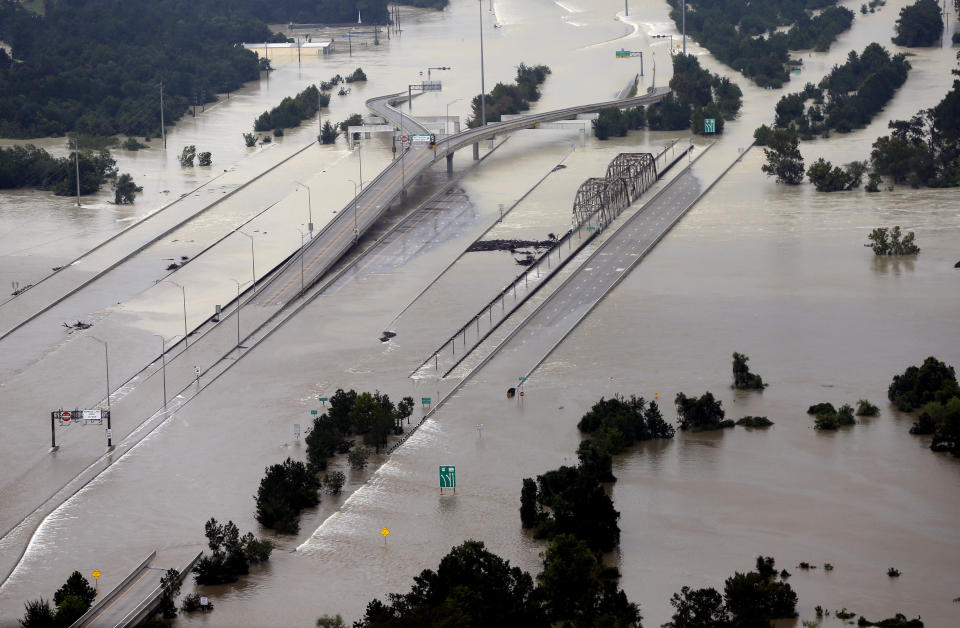
“Hurricane Harvey is the latest glaring example of how vulnerable our country’s infrastructure is to flood risk, and its damage will only add to the already more than $500 billion in losses caused by flood-related disasters since 2000,” Lightbody and Lehrer wrote.
Sen. Tom Carper, D-Del., the top Democrat on the Environment and Public Works Committee, wrote an open letter to Trump on Sept. 8 urging him to support the initiatives he had suppressed the month before.
“With a little extra planning — combined with prudent, targeted investments — the federal government can help save lives, livelihoods and taxpayer dollars,” Carper wrote.
Homeland Security Adviser Tom Bossert was asked about this controversy at a White House press briefing on Sept. 8. The optics were not in the Trump administration’s favor as Bossert attempted to justify rescinding Obama’s proposed regulations. He agreed with the spirit of Obama’s executive order — that federal money should not be used to rebuild in ways that don’t anticipate future flood risk — but still accused it of being excessive.
“What happened in the president’s infrastructure order was the recision of the Obama-era order that had a broad ranging and overreaching scope into construction permitting, and at the time we rescinded it we did so in the hope of expediting infrastructure development in this country, which I think was a smart move for what its worth,” Bossert said. “The president certainly did as well, but now what we have to do is replace with thoughtful — whether it’s executive order, regulations or both — building standards and practices for the expenditure of federal money that makes floodplain and risk and mitigation sense.”
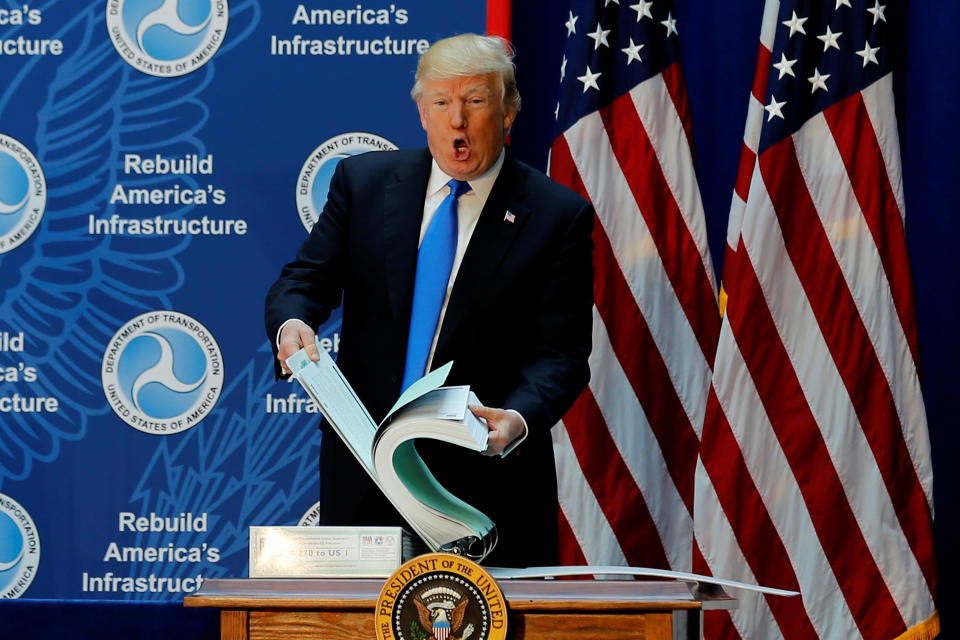
Scata condemned Trump’s action in the name of better infrastructure as “shortsighted” because failing to account for economic flood effects in the future is not fiscally responsible.
“Personally I think a lot of it had to do with the fact that it was an Obama administration order and the Trump administration seems set on eliminating a lot of Obama’s legacy,” he said.
Van Hollen thinks the administration might have misgivings about its actions now.
“I would think some folks in the administration are having second thoughts about having reversed these important public protections, so I’m hoping that sentiment will prevail,” he said. “It may be that anything that had been part of the conversation of climate change was automatically a target of the Trump administration. But the reality is the standard was put together by a nonpartisan group of experts. Let’s just hope the Trump administration revisits its position, but in the meantime we’re moving forward and we think we’ll have a strong bipartisan vote on this measure.”
Read more from Yahoo News:



